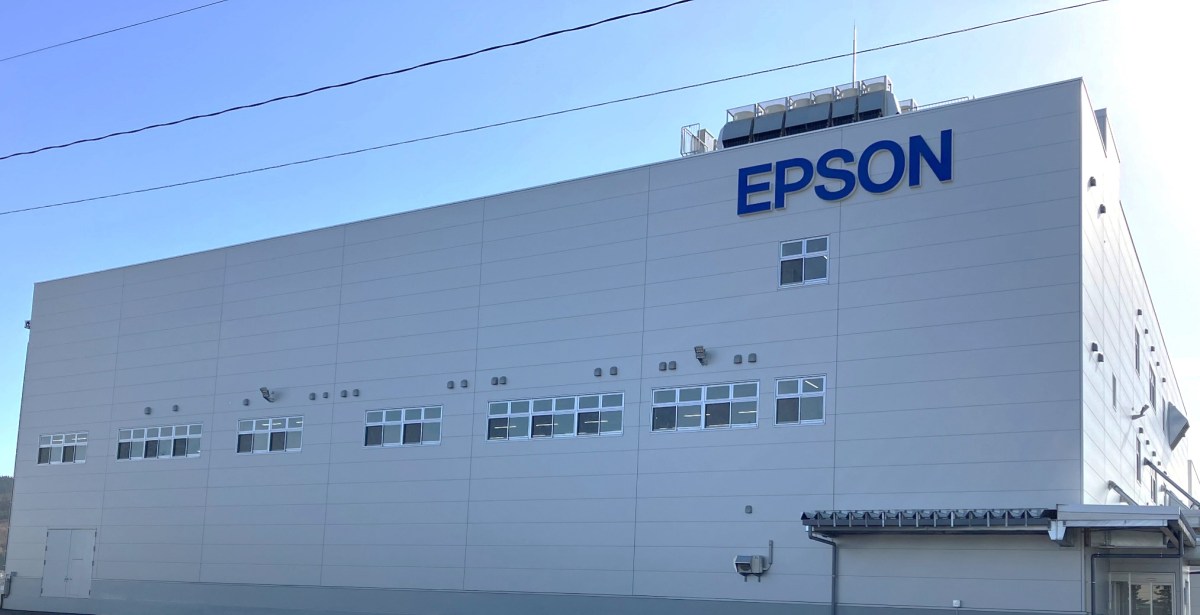Epson has completed construction of its new printhead factory at Akita Epson Corporation, a Group company of Seiko Epson Corporation.
Built with a total investment of over $37m, the new factory’s completion approximately triples Akita Epson’s future printhead production capacity.
Epson’s printing solutions business provides products and services based on original Micro Piezo inkjet technology to customers in the office, home, commercial, and industrial markets. With global demand for inkjet printers forecast to continue growing, Epson sees strong demand for decentralised printing complemented by robust demand for high-capacity ink tank printers.
The printhead production flow
The company sees demand for commercial and industrial inkjet printers increasing along with a technology shift from analogue to digital in non-paper printing sectors such as digital textile printing. Epson says many commercial and industrial inkjet printers use PrecisionCore MicroTFP printheads, which can be flexibly adapted for different applications by assembling MicroTFP print chips in various combinations.

Currently, Epson equips about 20 per cent of its inkjet printers with PrecisionCore printheads, but the company expects this percentage to increase, since commercial and industrial printers and high-speed linehead inkjet multifunction printers use a larger number of print chips per unit.
Epson has designed the new Akita Epson factory to increase the production and assembly of printheads, the core component of inkjet printers, to keep pace with the increased production of MicroTFP print chips.
The factory will provide space for future expansion at the facility, with a view to strengthening the product lineup, expanding printhead sales to third parties, and meeting growing demand for inkjet printers equipped with PrecisionCore MicroTFP printheads.
Situated adjacent to the existing printhead factory, The new factory has enabled greater efficiencies from components production through to assembly. In addition, Epson has arranged production equipment and processes to further increase human productivity and space productivity. Specifically, the new facility has a newly designed, optimal layout wherein the company will arrange Epson robots and other equipment in islands. By using this island design, Epson aims to increase production efficiency by 30 per cent on a high-throughput production line.
As a production site with premier technological capabilities, Akita Epson closely collaborates with Epson’s research and development centres in Japan. Also, it shares the advanced production technology and know how it gains through the production of core devices with Epson’s overseas production sites to improve the Epson Group’s overall manufacturing capabilities.


